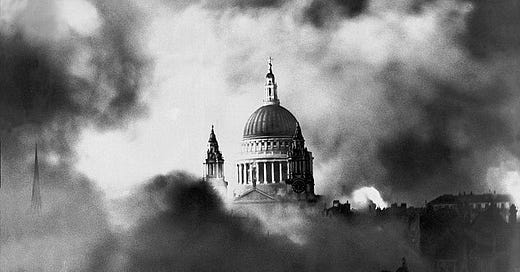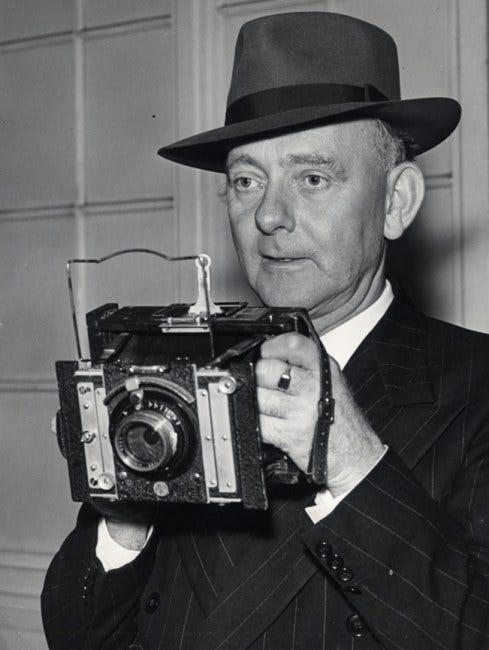St. Paul's in the smoke: An iconic photo 80 years later
When considering the iconic photos of World War II, Joe Rosenthal's shot of the flag raising on Iwo Jima undoubtedly would spring to mind first for many Americans. In the UK, though, Herbert Mason's image of a smoke-shrouded St. Paul's Cathedral probably would get first billing.
The chief photographer for the Daily Mail made his most famous picture the night of Dec. 29, 1940. The devastation visible around St. Paul's speaks to the nature of the evening, which saw one of the Luftwaffe's most destructive raids set much of the City of London afire.
The 37-year-old Mason pointed his camera toward the still-standing cathedral from the roof of his newspaper's building, the old Northcliffe House on Carmelite Street near the banks of the Thames (not to be confused with the current one in Kensington).
"I focused at intervals as the great dome loomed up through the smoke," he later said in an interview. "The glare of many fires and sweeping clouds of smoke kept hiding the shape. Then a wind sprang up. Suddenly, the shining cross, dome and towers stood out like a symbol in the inferno. The scene was unbelievable. In that moment or two, I released my shutter."
That night's raid killed more than 150 people, injured hundreds more, and laid waste to the historic center of London. But thanks in large part to the efforts of a dedicated fire-watching team inside St. Paul's, architect Christopher Wren's 17th-century masterpiece was saved.
The photo that came to symbolize Britain's resilience in the face of the German air onslaught wasn't published until Dec. 31, when it dominated the Daily Mail's front page. Censors had weighed concerns that the damage in clear view around the cathedral might hurt morale but ultimately signed off on publication of a heavily cropped version of the photo.
The Daily Mail immediately grasped the significance, running it beneath the headline: "War’s Greatest Picture: St Paul’s Stands Unharmed in the Midst of the Burning City."
Though German media outlets also used the photo as a different kind of propaganda, to illustrate the damage being inflicted by their bombers, history favored the British interpretation.
After 80 years, it still stands as arguably the war's greatest picture.





